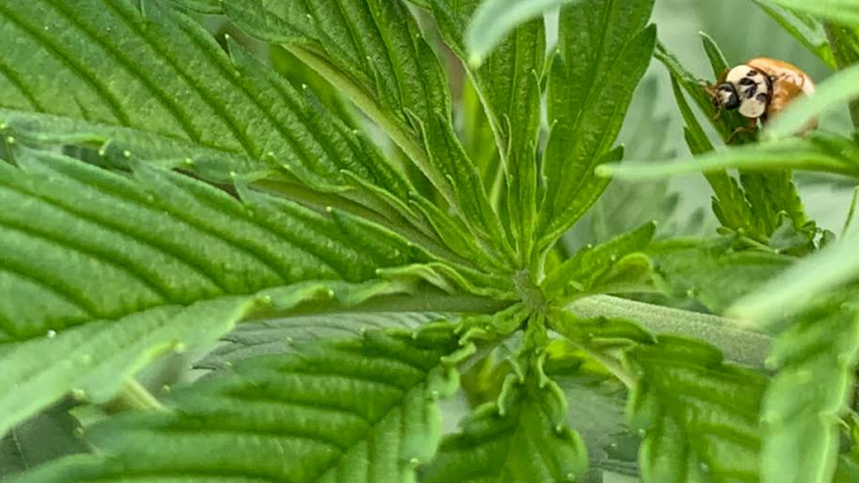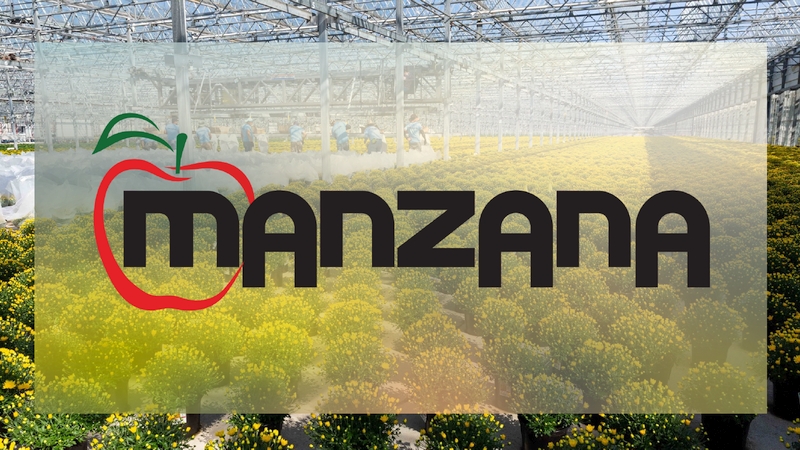Integrated Pest Management Tips for Cannabis

Photo: British Columbia Ministry of Environment and Climate Change Strategy
IPM in cannabis is a decision-making process for managing pests in an effective, economical, and environmentally sound way, which includes six elements:
1) Prevention: planning and managing production systems to prevent pests
2) Identification: identifying pests, their damage, and their natural enemies
3) Monitoring: regular monitoring of pest populations, pest damage, beneficial organisms, and environmental conditions
4) Action Thresholds: making control decisions based on potential damage, cost of control methods, value of production, impact on other pests, beneficial organisms, and the environment
5) Management options: may include a combination of behavioral, biological, chemical, cultural, and mechanical methods to reduce pest populations and damage to acceptable levels
6) Evaluation: conducting follow up evaluations to determine the effects and efficacy of management decisions
Pesticides may be considered in combination with other techniques as part of an integrated pest management (IPM) program to effectively manage pests in cannabis [depending on regulations in your state or area]. Here are a few best practices in these six areas for pest management for commercial cannabis grown indoors and in greenhouses.
Prevention Strategy: Mother Plants
It is essential to focus on pest prevention due to the limited number of registered pesticides for commercial cannabis growers. When pest problems are prevented, the need for other control measures is reduced. When growing any crop, pest management should start in propagation. Mother plants are stock plants used to take cuttings for propagation. Because mother plants are generally kept longer than all other plants in production, they can accumulate pests that are then transmitted through clones or cuttings. A strong focus on keeping mother plants clean is a key pest prevention strategy.
Considerations When Working With Biological Controls
Biological controls work well in contained areas and are commonly used in indoor and greenhouse cannabis production. As these are living organisms with unique characteristics, follow the use requirements and application instructions to ensure success. Some considerations when working with biological controls include:
- Mode of action: Many biological controls only work for certain species or life stages of the pest, so correct pest identification is required for success. To control the various stages of a pest, more than one type of biological control may be necessary.
- Prevention: It is much easier to control pests when they are present in low numbers. While some biological controls are used curatively, many are preventive.
- Dispersal: flying biologicals can readily move about, but wingless species will need to be released where the pests are, and their dispersal is more limited. If plants are not touching, do not expect them to move easily from plant to plant.
- Conditions: As these are living organisms, release as soon as possible after they arrive and follow the provided temperature guidelines.
- Release rates: Suppliers of biological controls will provide the recommended release rates, usually per foot squared. Unlike some other long-term greenhouse crops where biological controls can have the opportunity to reproduce and develop over the course of the crop, successive weekly releases of biologicals are necessary in cannabis due to the short growing cycle.
- Compatibility: When pesticides are used, they should be chosen for compatibility with biological controls. Refer to the pesticide label or check with the biological control supplier for compatibility information.
Editor’s Note: These various excerpts from Integrated Pest Management for Commercial Cannabis in British Columbia are posted with permission from the Ministry of Environmental Climate Change Strategy. You can find the full document here.









